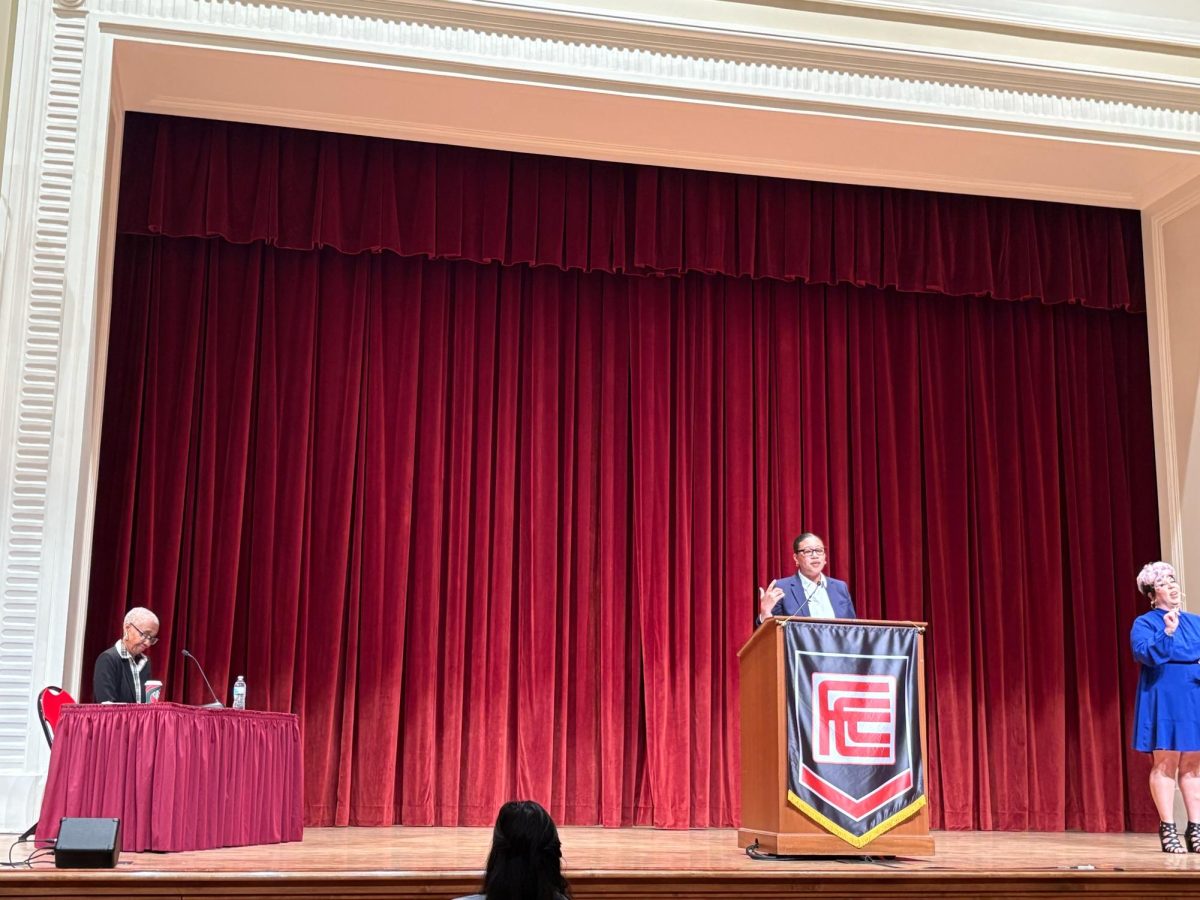Continuing budget cuts and uncertainties about funding for the community college system have led to a decrease in the number of students as well as class offerings throughout the state.
The number of enrolled students in 2012 has dropped 17 percent while class offerings are down 24 percent from 2008-2009, according to an article by the L.A. Times. To date, the cuts to community colleges have reached $809 million with more cuts expected if Proposition 30, the ballot tax initiative, fails to pass in November.
The State Center Community College District is expected to lose another $2.7 million from its already depleted 2012 budget according to the Fresno City College Allocation Report.
To stem this erosion of funding to community colleges, the state is sponsoring Proposition 30 which would hike sales tax by a quarter of a cent and impose an income tax increase of up to 2 percent on the state’s highest wage earners, those earning from $250,000 to $1 million annually.
But the proposition seems to be lacking support from voters which will mean further cuts in the college system. The community college system is ready to take a number of actions to deal with an expected revenue loss of up to $16.2 million for Fresno City and Reedley colleges if the proposition fails. These actions include cutting more classes and student services as well as cutting jobs at the colleges.
Services such as counseling and financial aid have been slashed, making life difficult especially for students new to the college system.
First year FCC student Cristian Rodriguez says he is worried.
“I think it would be bad especially if anything happens to financial aid because it’s hard to find a job right now,” Rodriguez said. “How would I pay for my books and gas money for school?”
The community college system is one of the most vital parts of education in the Central Valley and includes FCC, the Willow International Center and Reedley College. The system works as a transfer center for students to get to four year universities and also for students to obtain Associate degrees and certificates in vocational fields.
The experiences of Nicole Leishman, a child development major at FCC, illustrate the impact of the budget troubles going on all over the California community college system. “There were budget cuts there too,” Leishman said. “It was hard to get classes.”
Statistics from the enrollment Data Management Report of the State Center Community College District’s Institutional Research website shows that enrollment at Willow international dropped 6 percent in active sections offered from the 2011 school year to 2012 which could have resulted from reduced class offerings and services.
While enrollment rates at FCC is 6 percent higher this fall than it was in 2011, the head count is still 1017 students short of the number of registered students in the fall semester of 2010.
“Rates in enrollment and classes are expected to rise even higher with the addition of short term classes later in the semester,” said Kathy Bonilla, Public information officer at FCC.
The funding shortage is forcing the state to rethink its rules. Reforms are on the way for the community college system in the form of new legislation called the “Student Success Act of 2012”. This bill would require students to set an educational goal, make academic progress to apply for Board of governors fee waivers and provide students with counseling services.
This goes along with changes made to community college registration that are set to begin in 2014. According to an article by the Los Angeles Times, “Registration priority will be given to students who have specific education plans, and have completed orientation and assessment tests.”
First year Fire program major Robert Dominguez says of the budget situation, “It could take me longer to get what I need or go to another school.”
Meka Moore who is interested in a future in medicine, says, “If the problems continue, it will cause more people to drop out of school. If the budget cuts continue it could be less people in school which would be bad in the long run.”





